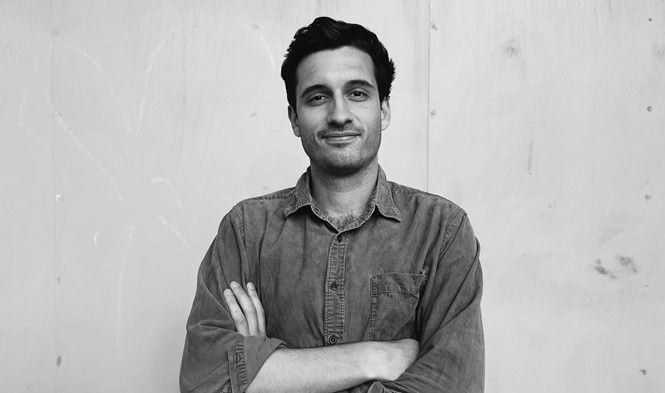A social-first strategy: how one leading charity shifted its focus

Max Dougall, new business director at Share Creative, explains how his agency reimagined WaterAid without relying on typical rebrand customer analysis.
The number of charities in the UK has recently grown to over 170,000, of which some 96% are considered small. This means that for many in the third sector, standing out and engagement with donors are continual issues, especially when you also factor in that budgets have to be carefully managed from donor funds. Ensuring a constant flow of information is essential to keep relevant in the eyes of donors and to retain that hard-won attention on chosen causes. The implications for losing this critical attention can be huge in such a congested sector.
This was the issue being faced by one such charity, WaterAid. It had multiple uses for social media across teams but no overall direction, making it unclear what social was really for. A social strategy and structure needed to unify all team needs, all while focusing on the core challenge – how to drive understanding through engagement and education, and grow the community through relevancy and word of mouth. WaterAid turned to us for support.
We started with the data, carrying out detailed market, brand and competitor analysis, and internal team interviews to get a well-rounded view of how social was performing. Prime among these was social analysis to understand how the charity’s audience was already interacting with and sharing the content. It proved highly informative; while WaterAid had ground to make up versus its competitors on social, posts with themes of empowerment, reactivity and activism were particularly popular and key to driving shares and engagement.
This sparked deeper strategic thinking; a charity with incredible brand purpose needed a powerful social purpose to match. Just being an active social feed was no longer enough. WaterAid needed to add value, connect with its community on a deeper level and stand out - and all of this was already within its grasp. This insight directed a fresh social brand proposition: Enable Change.
Starting with this unifying purpose, a fresh positioning was developed, focusing on WaterAid as a facilitator of change and community empowerment, using the power of social sharing to do it. The focus was firmly placed on being an activist, rather than just existing. Content was replanned and shifted in tone to be resourceful, reactive, relevant, visually iconic and most importantly, worth sharing further. The aim was to create impact on a mass scale, and become the most shared charity on socials. In line with this new strategy, a fresh comms and best practice playbook was developed, hosting workshops that enabled the WaterAid team to execute the strategy effectively.
To bring the new strategy to life, the design team expanded the social palette into secondary colours. This allowed different types of content to be created whilst breaking up any repetition and also creating a visual key for followers. This was taken a step further by producing a full suite of static and animated social media templates to visually unify all content. The design itself was iconic, bright and enabled discovery through simple yet clear directives. Templates were also built with flexibility in mind to allow all internal teams and partners to use them easily, while staying true to WaterAid’s new social purpose.
Applying this new strategic focus based on understanding such a wide and committed following of engaged supporters proved highly effective for WaterAid, providing a sustainable social and wider brand benefit for the mid to long term. It raises the question why social media analytics often take a backseat in major brand strategy work to other forms of customer and prospect insight.
When a brand is looking to make changes to its approach, often it turns first to wider market insights or external market research to understand the landscape, rather than looking at its existing, bought-in audiences as a first port of call. There is an instinct within marketing to think that growth has an easier route from external audiences than from a retained base. All too often insights resulting from existing audiences can be overlooked when it can actually provide the foundation required to set the brand off in a new direction.
Marketing budgets may be back on an upward trajectory, but many forms of traditional market research and analysis are still looking backward, rather than giving a current picture of events. As it now stands, the rear view for marketers is a highly turbulent one, impacted by a number of concurrent factors unlikely to occur the same way ever again. Wouldn’t it be more prudent - not to mention cost effective and faster - to base brand strategy shifts in insights coming from your active, current set of advocates as well as potential new audiences alike?












